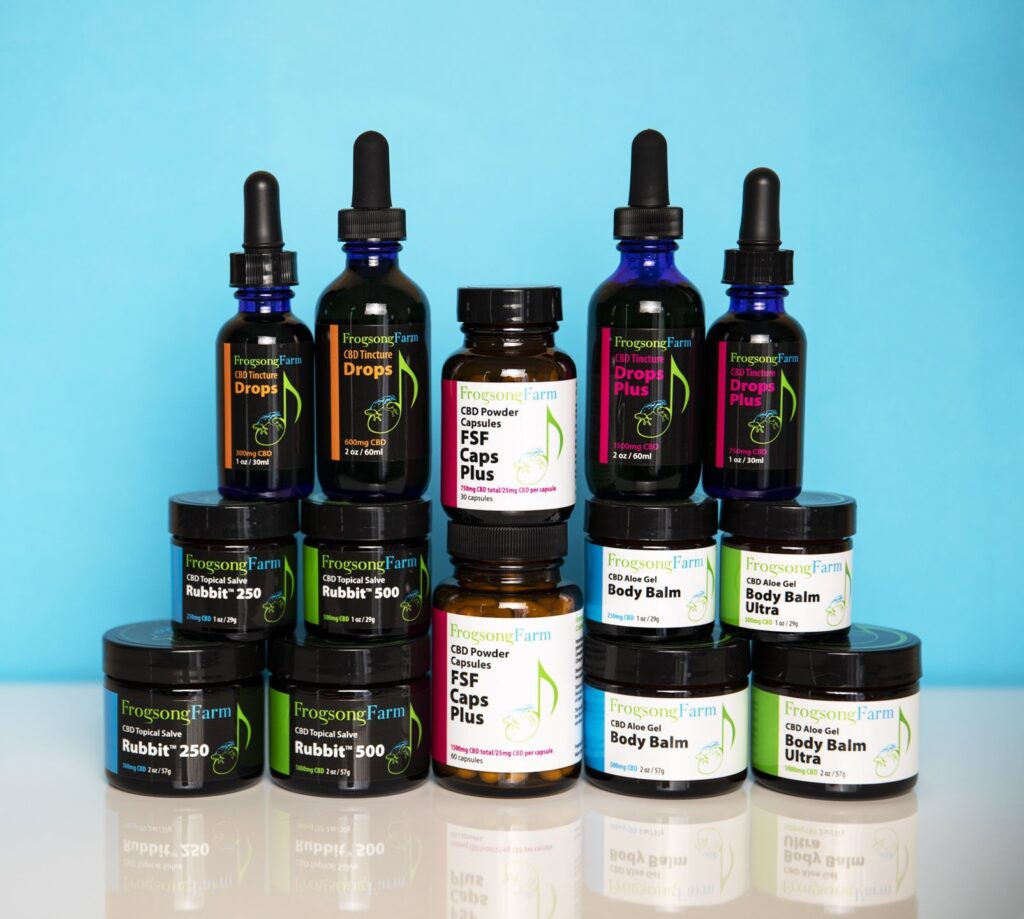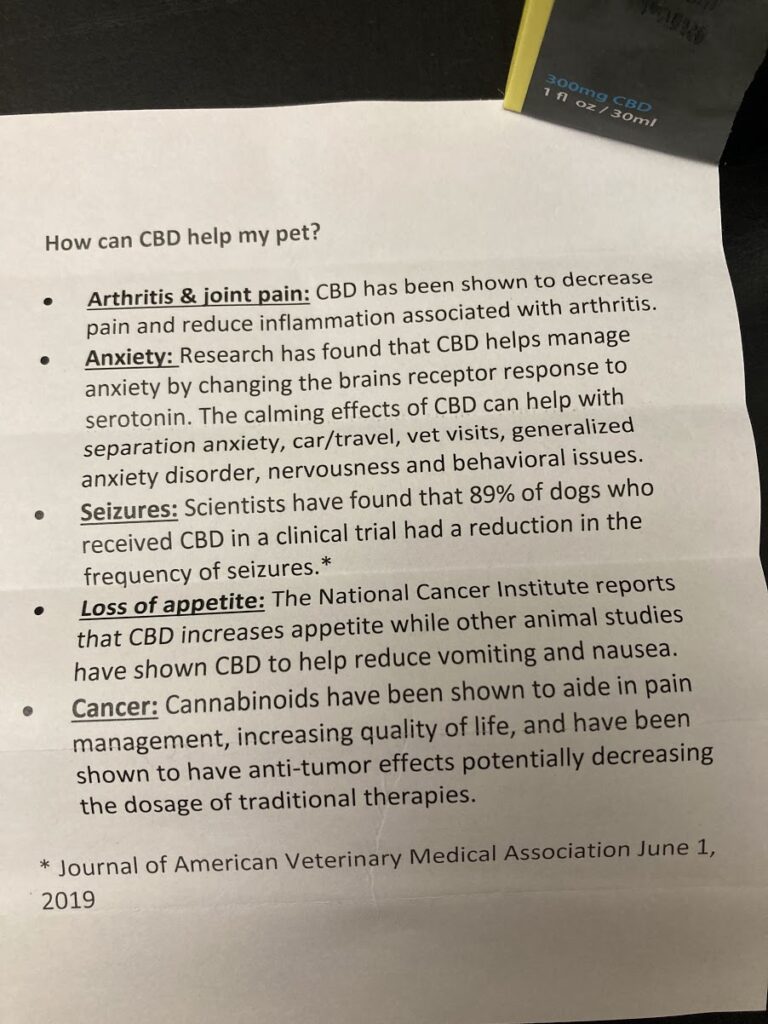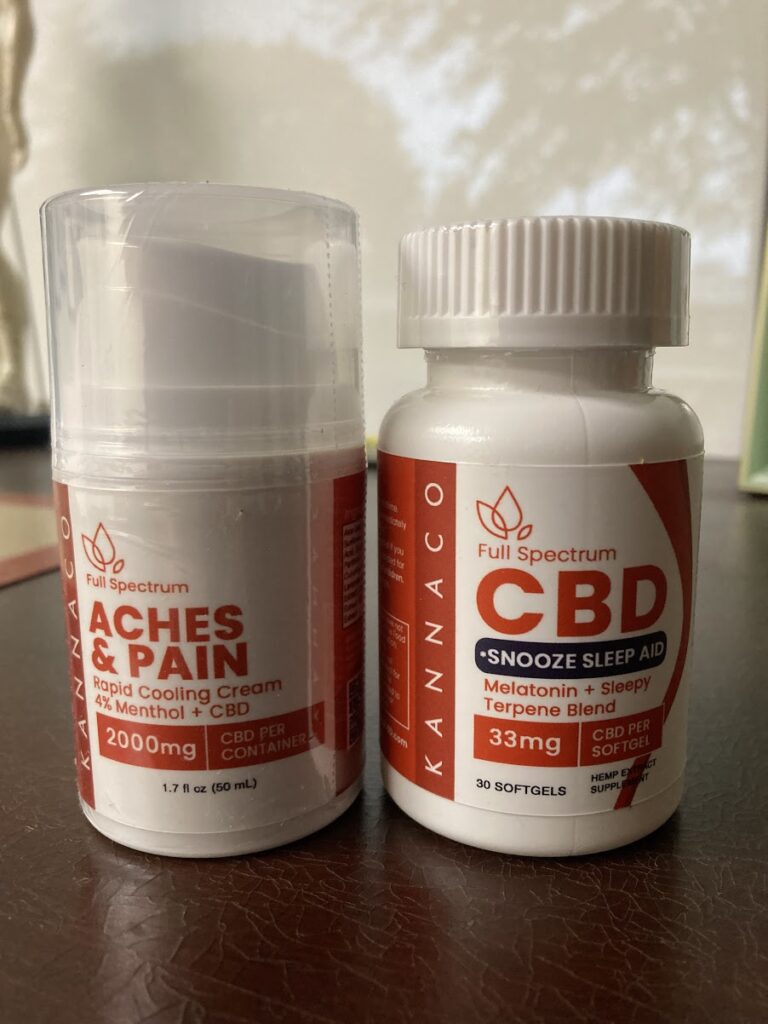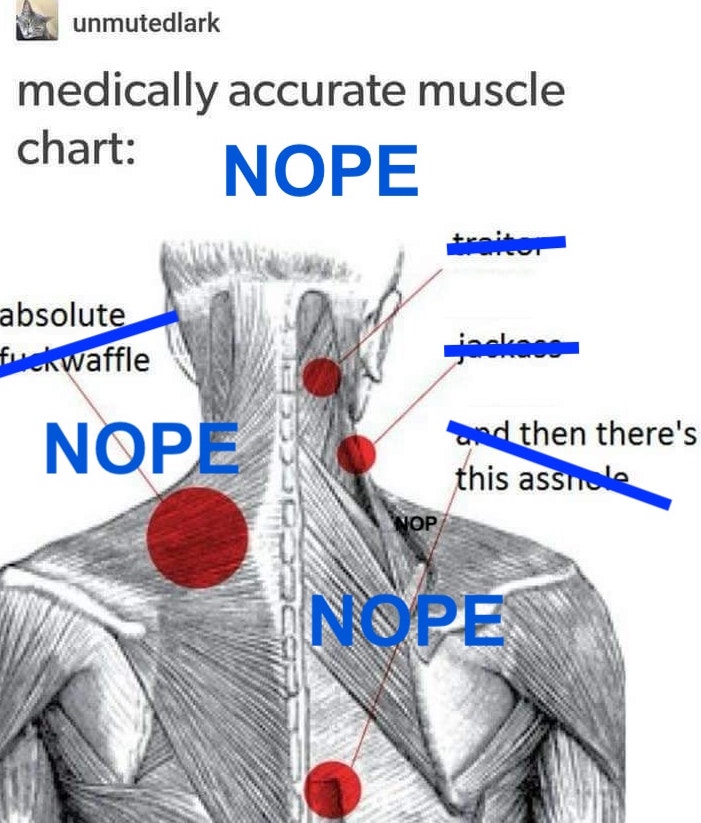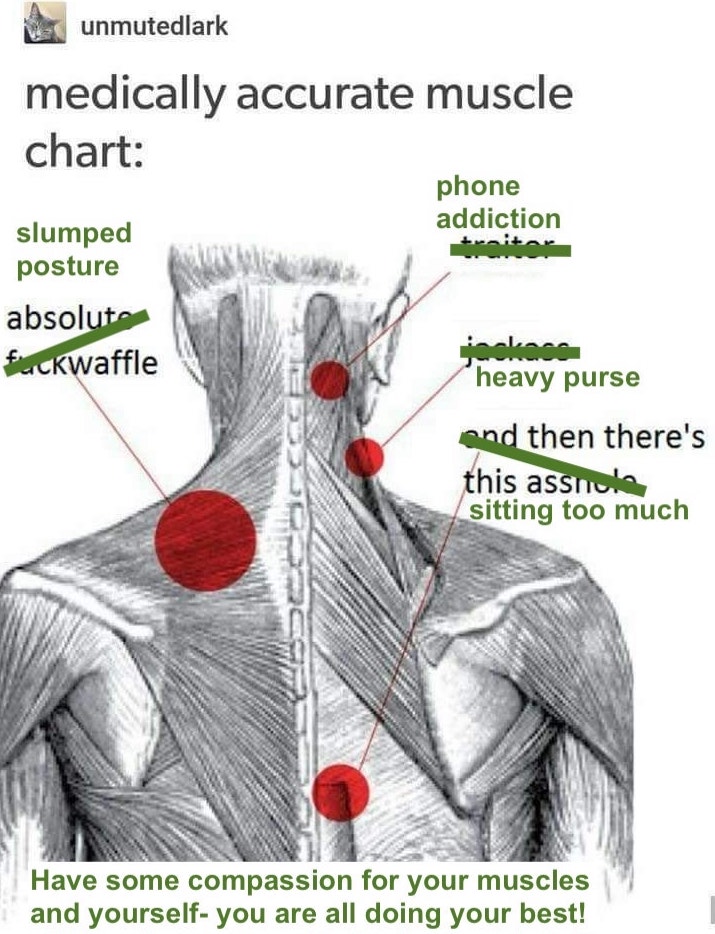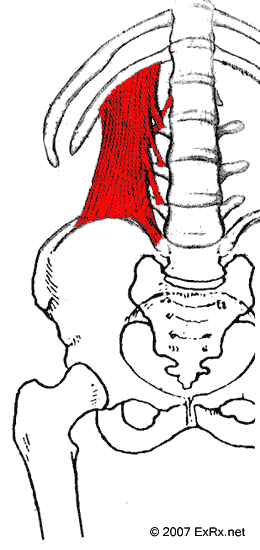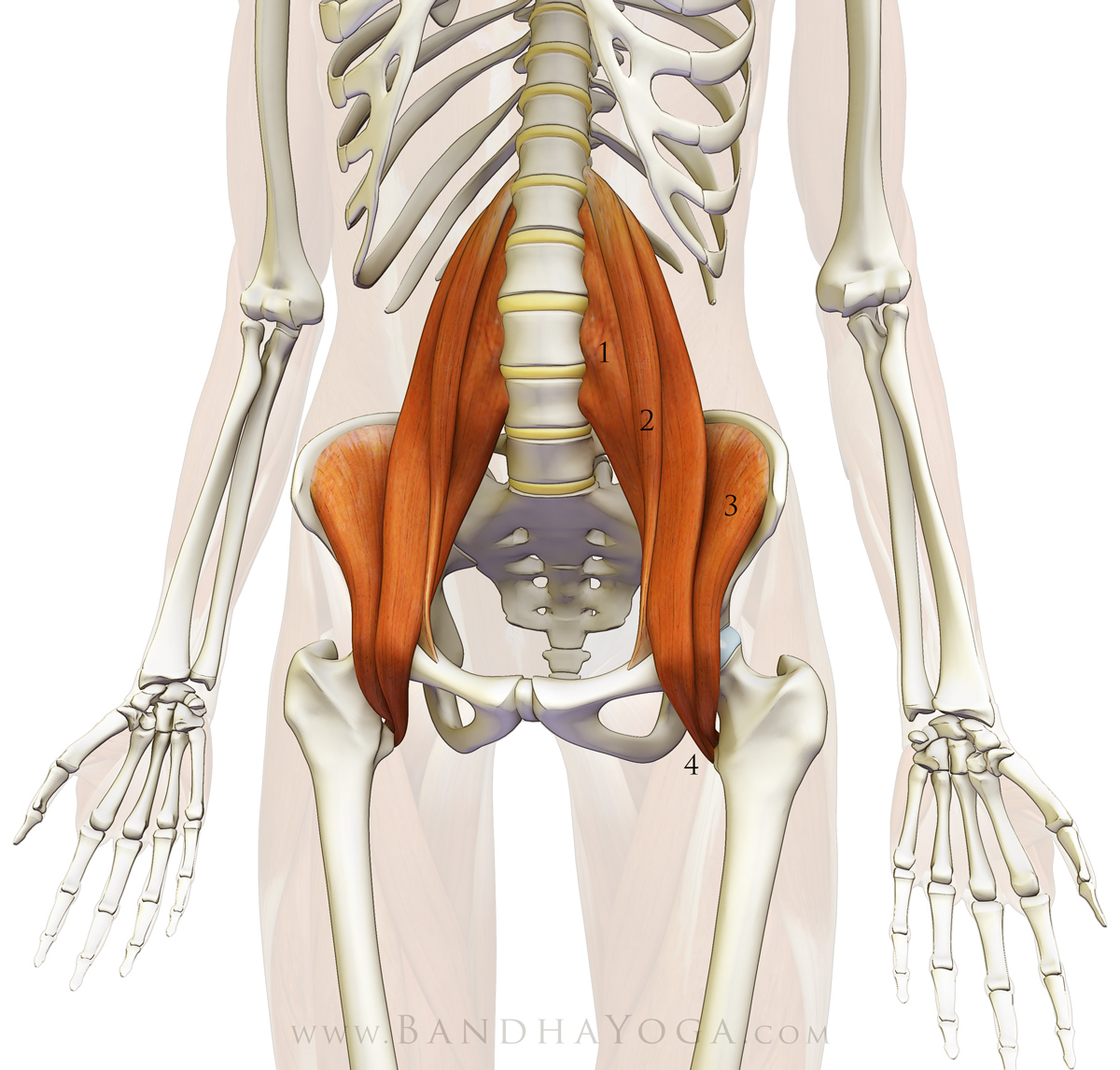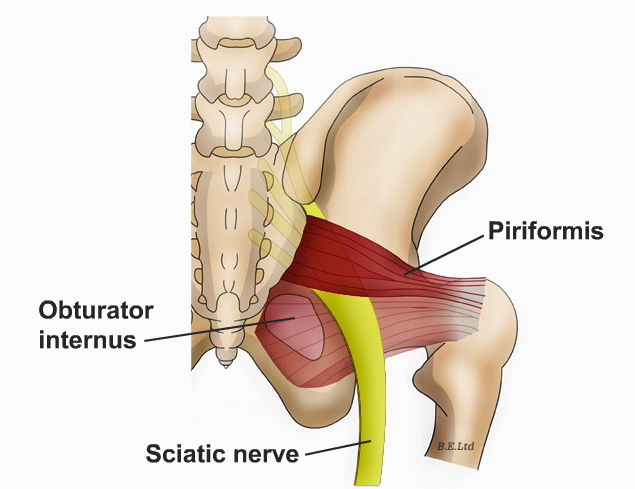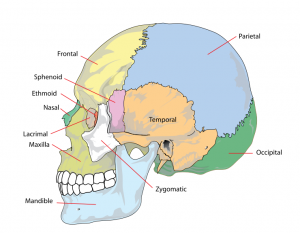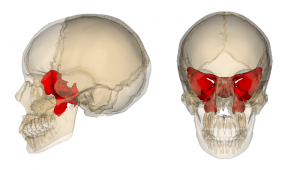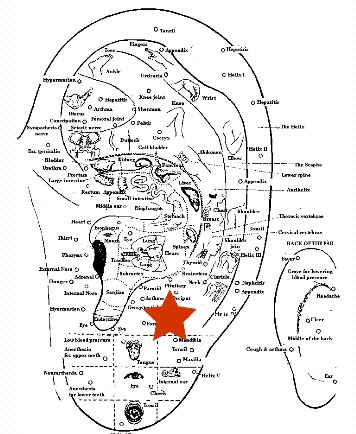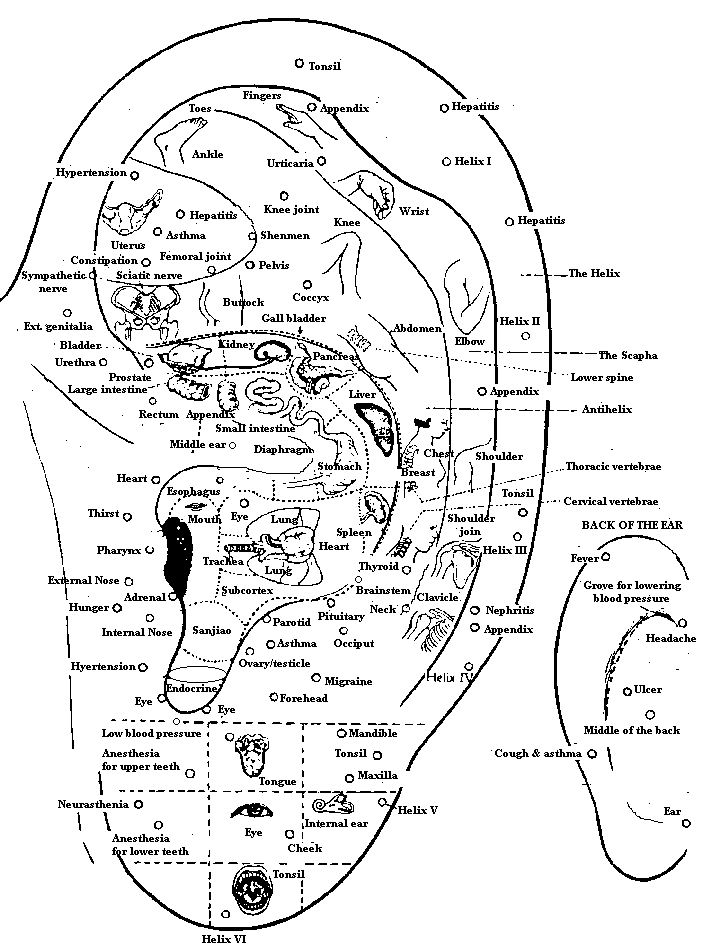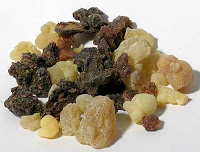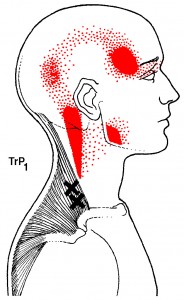| Remember that amazing trip I took last Feb, when I took continuing education classes and ate yummy healthy food and lived in the water for two weeks? I had such a blast – and clicked so well with Michelle, the host – that I’m going back. This time I want to bring you along! |

Jan 18-25, 2025, at Playa el Coco in Nicaragua (which is just as gorgeous as Costa Rica, but doesn’t have any tourists!), I’ll be running a retreat designed to relax, educate, and rejuvenate you. One thing all humans have in common – we’re living in a physical form. Come play, explore, and get in touch with your body in a stunning tropical paradise, where you can swim in the pool and ocean. Relish healthy, delicious, home-cooked meals*. Attend classes on living well for your body and mind. Indulge in extra activities available… you can be as gung-ho or as laid-back as you like. Michelle offers yoga every morning. I’m generally not a fan of yoga but her sessions are amazing! She modifies and customizes to truly include every body.
*all dietary restrictions and preferences are accommodated.

1) Understanding how our nervous systems affect our lives, and what we can do to influence its function, can be a game-changer. Do you always feel amped up? Do you have a hard time making good choices because you feel overwhelmed? Has your memory been lacking? These things can all be related to a sustained sympathetic “fight or flight” response. Learn about why this happens, and practical methods to re-regulate your system.
2) Easy advanced bodywork: Learn how to do medical massage on a loved one, with no experience or anatomical knowledge required (If you do have those skills, you’ll be able to apply the class in more advanced ways). Bonus: These techniques are easy on you as the giver, so it’s less of a chore to help someone.
3) Intro to Traditional Chinese Medicine theory. Learn about the energetic organs and channels.
4) Acupressure you can do yourself! Treat pain, digestive problems, emotional disregulation, etc. NOT intended to replace medical care, just a way to help things along.
5) How to work out: Updated guidelines to make your exercise routine safe and effective. This can be a guide to easing into healthy movement, or fine tune your current exercise regime. We’ll start in the pool, but the lessons will relate to land workouts as well. I was a certified personal trainer and bodybuilder before I started in healthcare.

Daily schedule: Yoga, then breakfast, then class. Siesta and lunch. Late afternoon and evenings are your own, to rest, enjoy the ocean, read, hang out with other attendees, or opt into a bonus activity. Your choice!
Additional activities (may incur an expense): Private acupuncture / massage treatments by Sharon or Michelle. Beach walks (shell collecting!), zipline and animal safaris, horseback riding, water ceremonies and other rituals led by Michelle. Learn to bodysurf in the ocean. Enjoy dance parties in the pool. Who knows what else will happen? Last year we did a group trip into “town” for pizza and karaoke! All classes and activities are optional.
Space is limited to 12 people, so contact Michelle ASAP to reserve your choice of rooms and coordinate travel to and from the airport. Packages start at $1899 per person. Bonus: if you happen to work in healthcare, the trip is a business expense!

